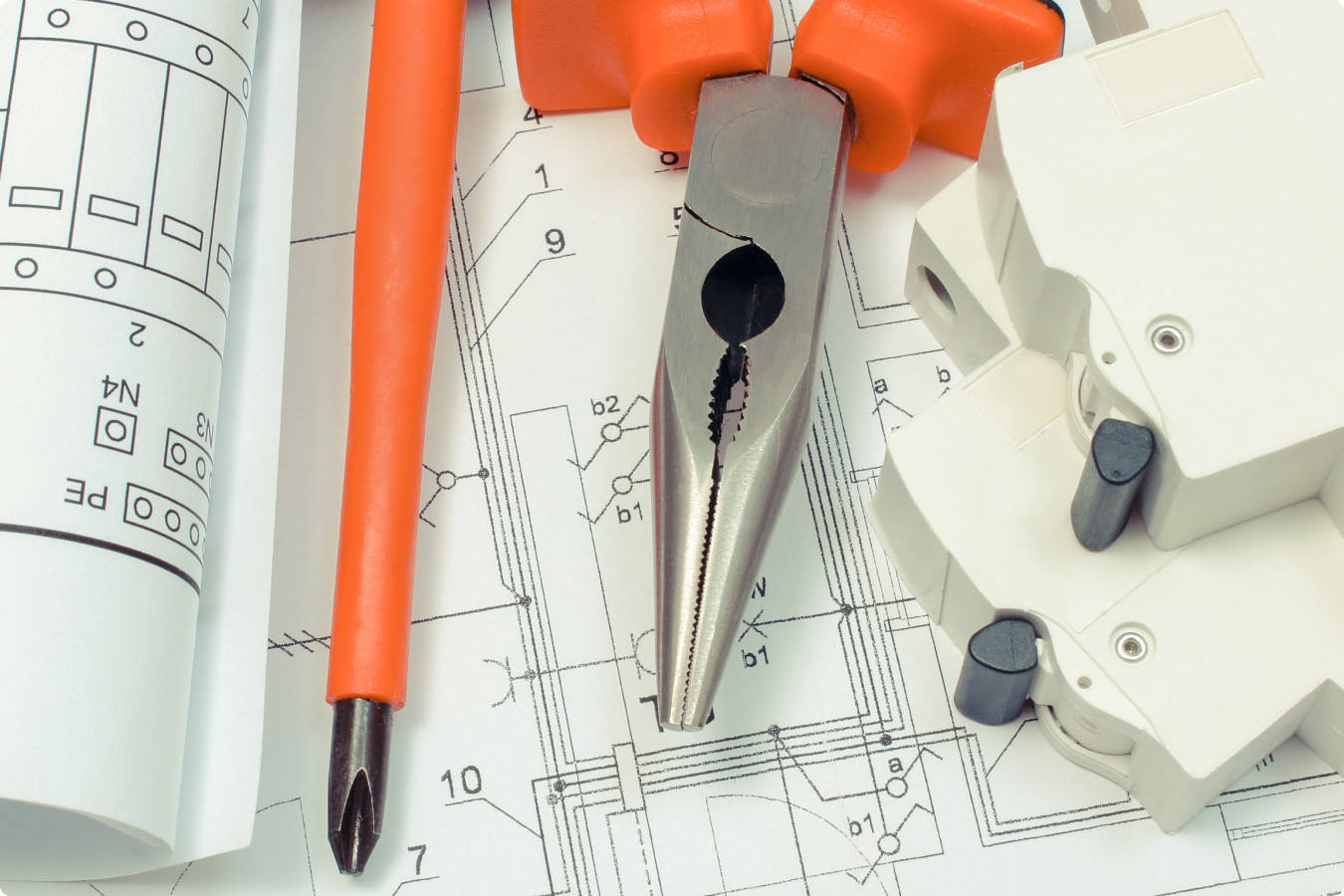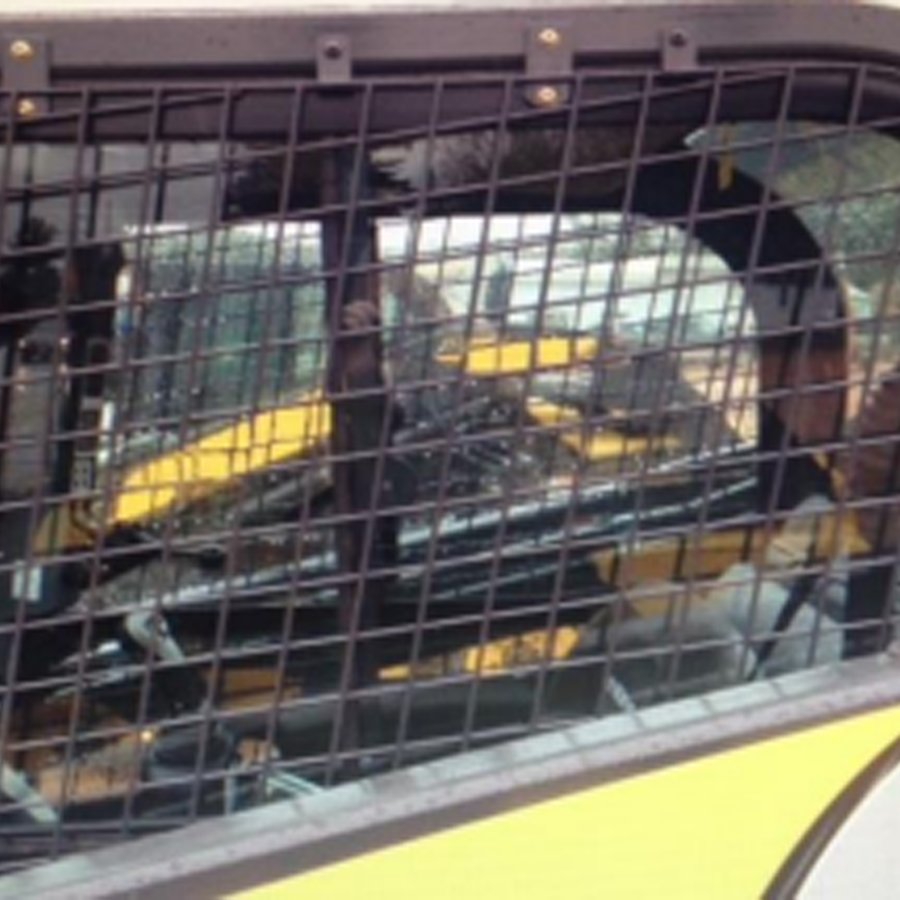Side Screen
Case Study:
Cost-Effective, Ergonomic, and Safer Cab Side Screen for a Construction Equipment OEM
Background
During a routine line walk at a construction equipment OEM’s facility, our team identified an opportunity to improve the manufacturing and installation process for a protective cab side screen on a skid steer loader. The existing design, a heavy stamped steel component, posed challenges in cost, safety, and assembly efficiency. By leveraging our engineering expertise and automated manufacturing capabilities, we developed an optimized solution that not only met but exceeded our customer’s expectations.
Challenge
The OEM’s original cab side screen had several drawbacks:
1. High Material and Production Costs: The stamped steel design required significant material use and labor-intensive processing.
2. Ergonomic and Safety Concerns: The heavy steel component required two operators and specialized lifting devices for installation, increasing strain and risk for assembly workers.
3. Durability and Compliance: The OEM had stringent safety requirements for impact resistance and visibility while ensuring the screen remained lightweight and functional.


THE WORK
Solution
Our team proposed a wire mesh design that significantly improved upon the original concept by addressing key pain points:
1. Cost Reduction: By switching from a stamped steel plate to a wire mesh solution, we achieved a 33% cost reduction, making it one of the largest single-part cost savings for the OEM.
2. Improved Safety & Ergonomics: The lighter wire mesh design eliminated the need for additional lifting equipment and hardware, simplifying installation and reducing strain on assembly workers.
3. Enhanced Durability: Contrary to initial expectations, our wire mesh solution outperformed the stamped steel in impact testing. The wire mesh’s flexibility allowed it to absorb and dispense force more effectively, preventing breakage under stress.
Implementation Process
1. Engineering & Prototyping
- Utilized SolidWorks to design and simulate the new wire mesh structure.
- Engineered and fabricated custom fixtures to ensure precision in production.
- Conducted extensive strength and safety testing to validate performance.
3. Testing & Validation
- Collaborated with OEM’s engineering and quality teams to conduct durability tests.
- Verified compliance with safety regulations regarding hole size and impact resistance.
- Iterated designs to refine surface treatments, including coatings to prevent rusting.
2. Investment in Automation
- Acquired a Servo Resistance Welder (Ideal Machine) to automate wire mesh welding.
- Transitioned from manual to semi-automated production, increasing efficiency and consistency.
4. Full-Scale Production & Assembly Optimization
- Designed and implemented a clip system that streamline installation.
- Eliminated unnecessary kitting and additional fasteners, reducing complexity and cost.
- Optimized logistics by reducing shipping weight, leading to additional savings.
THE BOTTOM LINE
Results & Impact
1. 33% Cost Reduction: One of the most significant single-part savings for the OEM.
2. Ergonomic & Assembly Efficiency Gains: Eliminated lifting devices and reduced operator strain.
3. Improved Durability & Safety: Wire mesh exceeded impact resistance standards while maintaining visibility and protection.
4. Streamlined Production: Automated welding and optimized assembly resulted in faster production cycles.
5. Successful Collaboration: Worked closely with OEM’s engineering, quality, and manufacturing teams to ensure seamless implementation.

Conclusion
By proactively identifying an improvement opportunity and leveraging our expertise in wire forming, automation, and ergonomic design, we provided a game-changing solution for the OEM. This project exemplifies our ability to deliver innovative, cost-effective, and high-performance manufacturing solutions for our customers.
Let's Make Something Together!
GET A QUOTEPROUDLY SERVING






